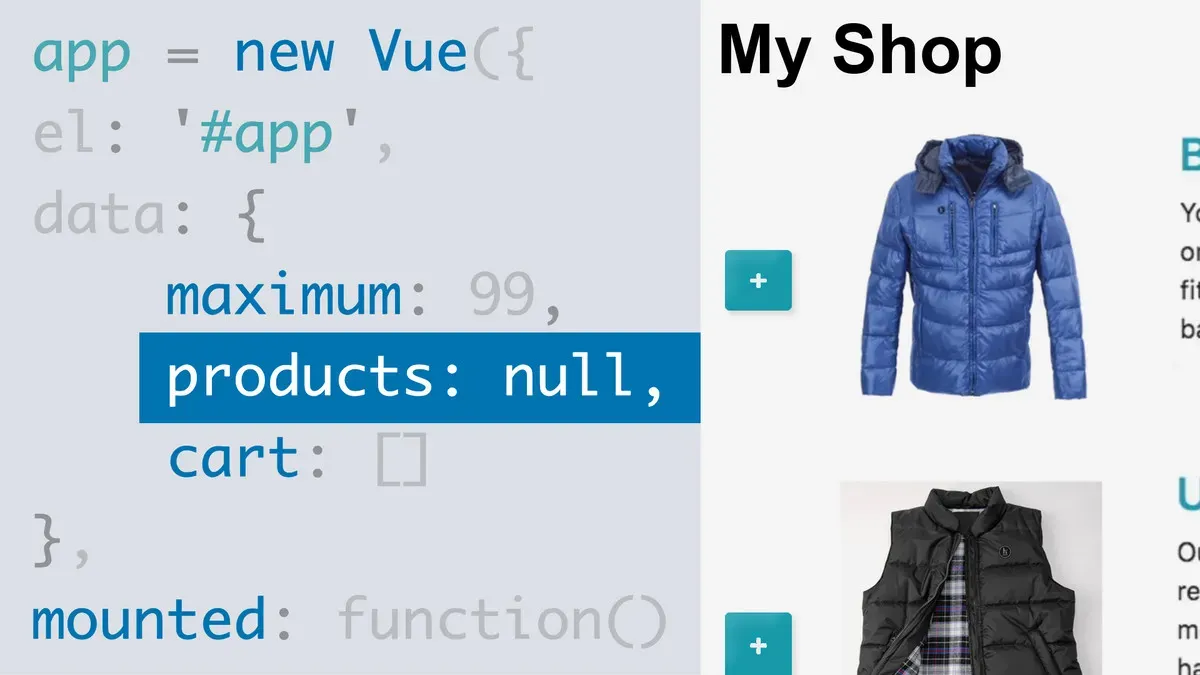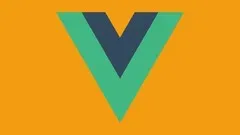
Vuejs Essential Training

This course provides an introduction to Vue.js, a lightweight framework for developing well-structured applications. Students will learn about the library, templates, classes, objects, arrays, styles, and more.▼
Course Feature
![]() Cost:
Cost:
Free Trial
![]() Provider:
Provider:
LinkedIn Learning
![]() Certificate:
Certificate:
No Information
![]() Language:
Language:
English
![]() Start Date:
Start Date:
Self Paced
Course Overview
❗The content presented here is sourced directly from LinkedIn Learning platform. For comprehensive course details, including enrollment information, simply click on the 'Go to class' link on our website.
Updated in [March 06th, 2023]
1. You can learn the fundamentals of Vue.js, including templates, classes, objects, arrays, styles, modules, and more. This will help you understand the core library and how to use it effectively.
2. You can gain an understanding of how to create components and use them to build complex applications. This will help you create more efficient and powerful applications.
3. You can learn how to use the Vue.js framework to create interactive user interfaces. This will help you create more engaging and user-friendly experiences.
4. You can learn how to debug and troubleshoot your applications. This will help you identify and fix any issues quickly and efficiently.
5. You can learn how to deploy your applications to production. This will help you ensure that your applications are secure and reliable.
[Applications]
After completing this course, students can apply their knowledge of Vue.js to create dynamic, interactive web applications. They can use the library to create components, manage state, and build powerful user interfaces. Additionally, they can use the library to create custom directives, filters, and mixins to extend the functionality of their applications. Finally, they can use the library to create custom plugins and integrate with other libraries and frameworks.
[Career Paths]
1. Front-End Developer: Front-end developers use Vue.js to create interactive user interfaces for web applications. They are responsible for developing the look and feel of the website, as well as ensuring that the website is optimized for performance. With the increasing demand for web applications, the demand for front-end developers is also increasing.
2. Full-Stack Developer: Full-stack developers use Vue.js to create both the front-end and back-end of web applications. They are responsible for developing the entire application, from the user interface to the database. With the increasing demand for web applications, the demand for full-stack developers is also increasing.
3. Mobile App Developer: Mobile app developers use Vue.js to create mobile applications for both iOS and Android. They are responsible for developing the user interface, as well as ensuring that the application is optimized for performance. With the increasing demand for mobile applications, the demand for mobile app developers is also increasing.
4. Data Scientist: Data scientists use Vue.js to create data visualizations and dashboards. They are responsible for analyzing data and creating insights that can be used to make decisions. With the increasing demand for data-driven decision making, the demand for data scientists is also increasing.
[Education Paths]
1. Bachelor of Science in Computer Science: This degree path provides students with a comprehensive understanding of computer science fundamentals, including programming, software engineering, and computer architecture. Students will also learn about the latest trends in technology, such as artificial intelligence, machine learning, and cloud computing.
2. Bachelor of Science in Information Technology: This degree path focuses on the application of technology to solve business problems. Students will learn about the design and implementation of information systems, as well as the development of software applications. They will also gain an understanding of the latest trends in technology, such as cloud computing, big data, and cybersecurity.
3. Master of Science in Software Engineering: This degree path provides students with an in-depth understanding of software engineering principles and practices. Students will learn about software design, development, testing, and maintenance, as well as the latest trends in software engineering, such as agile development and DevOps.
4. Master of Science in Computer Science: This degree path provides students with an advanced understanding of computer science fundamentals, including programming, software engineering, and computer architecture. Students will also learn about the latest trends in technology, such as artificial intelligence, machine learning, and cloud computing.
Course Provider





